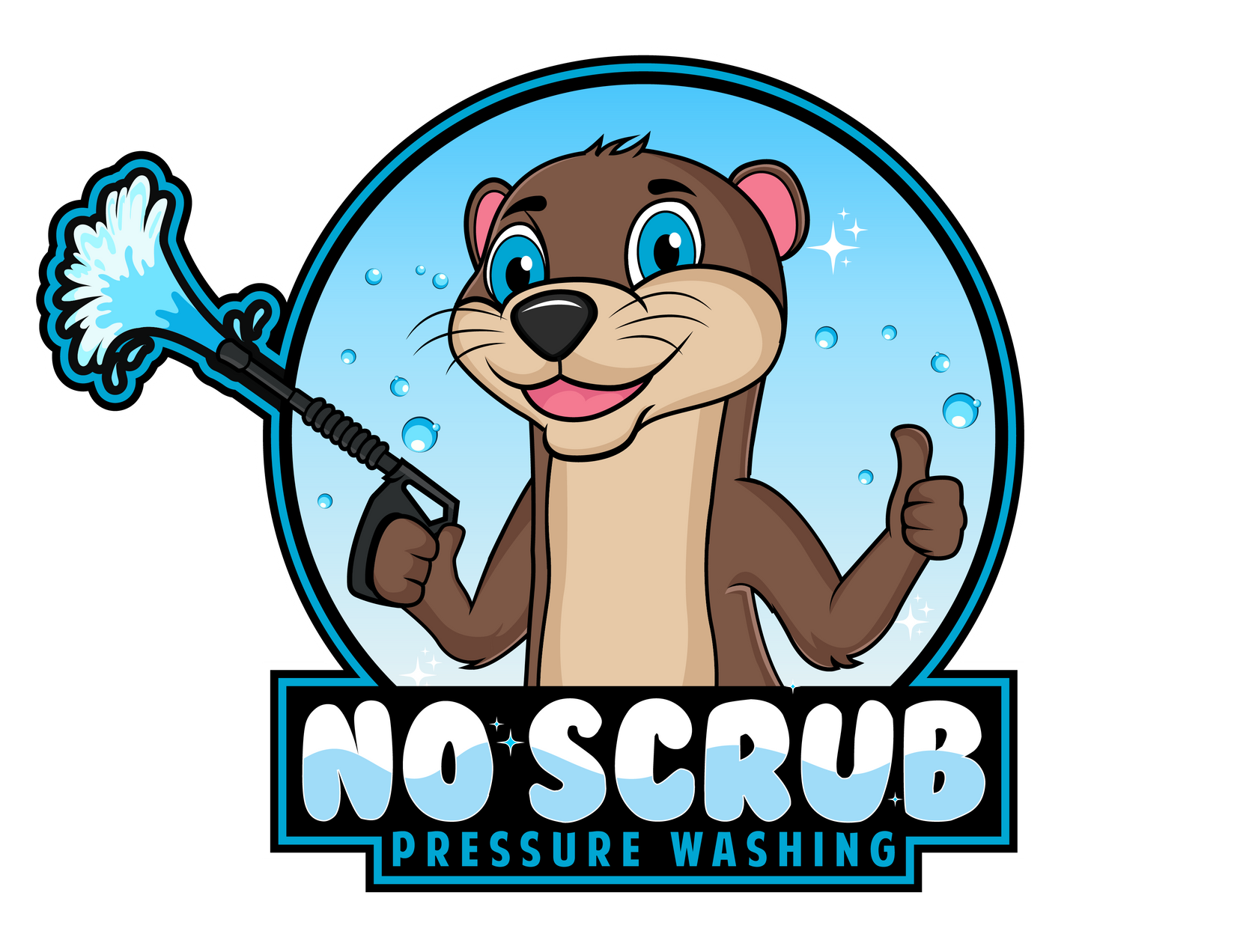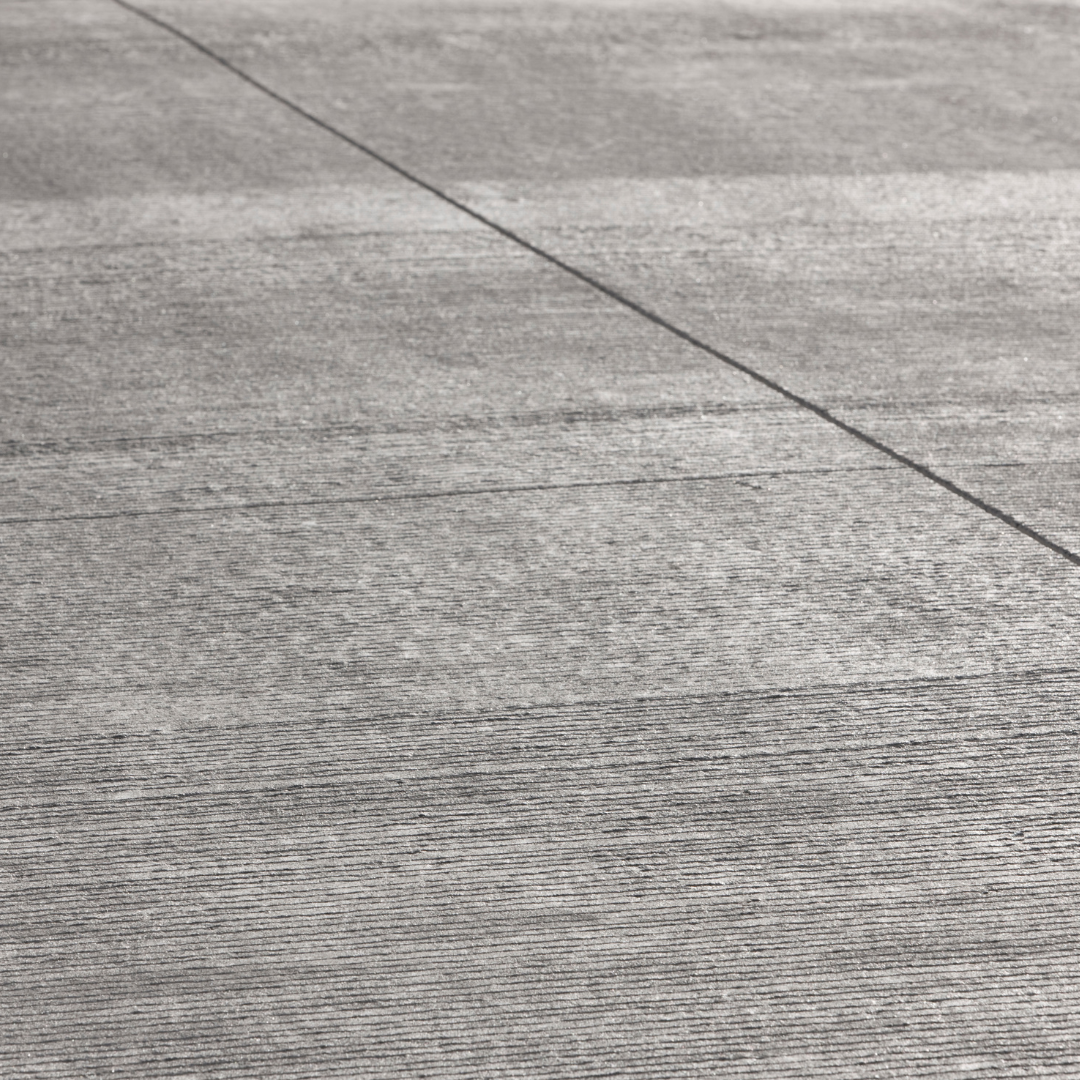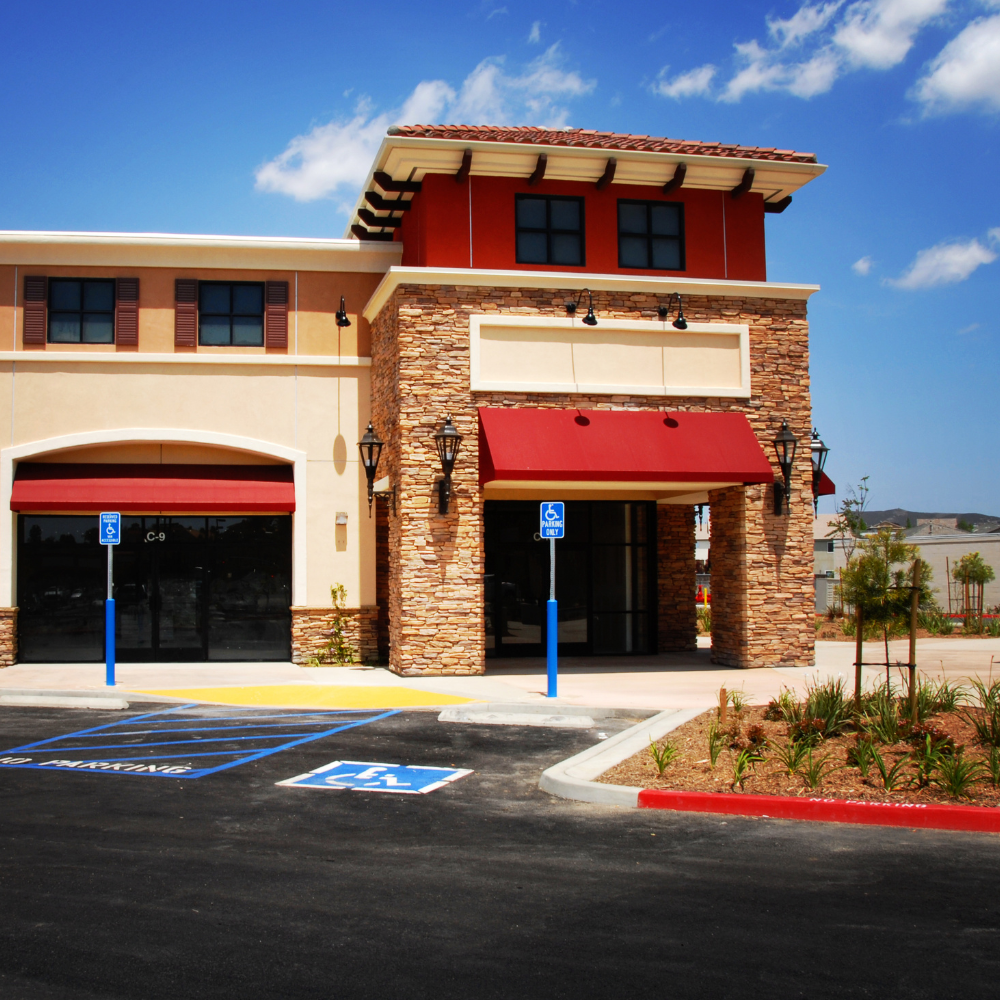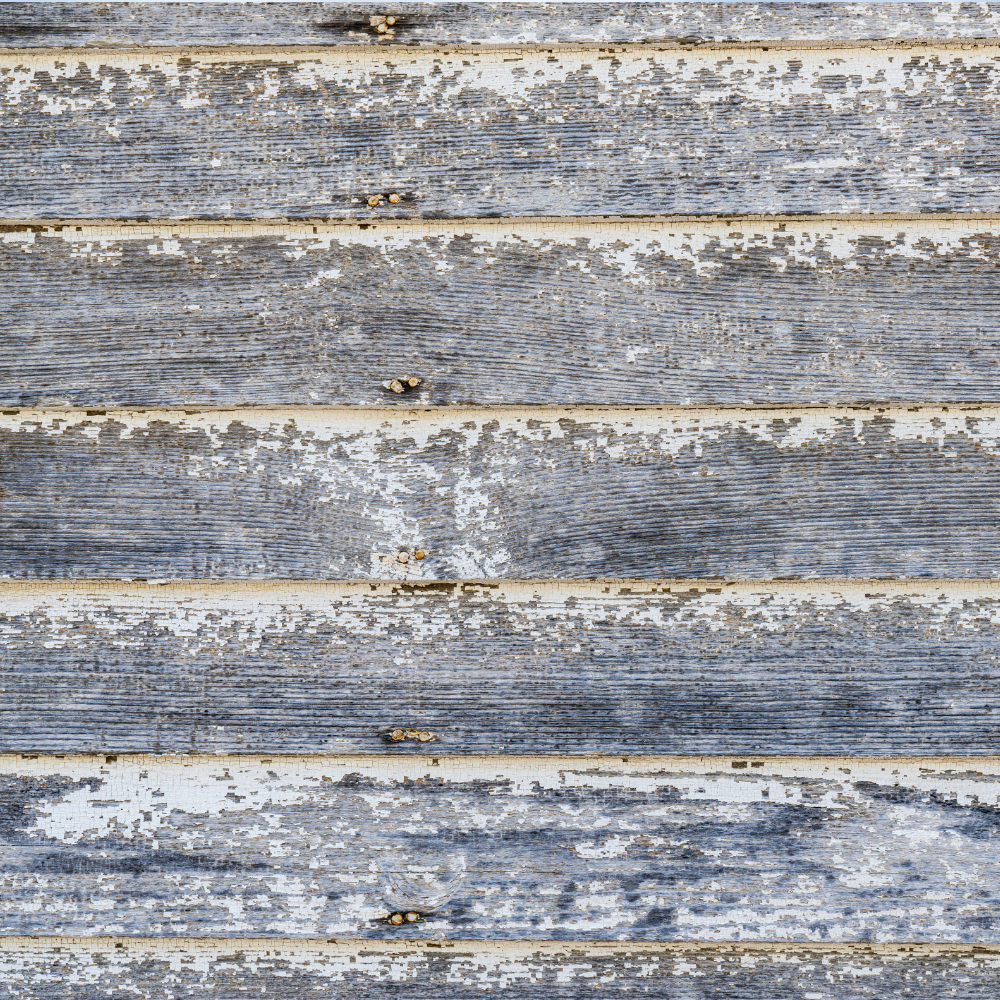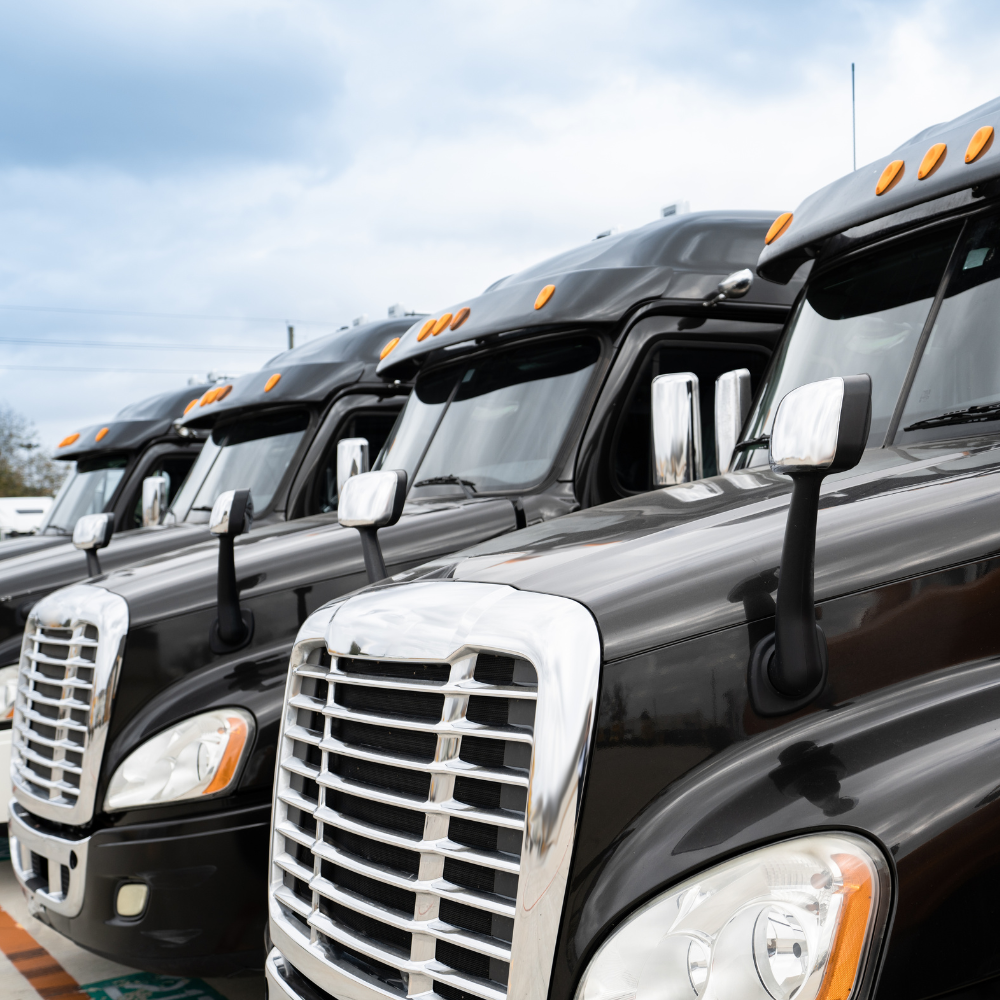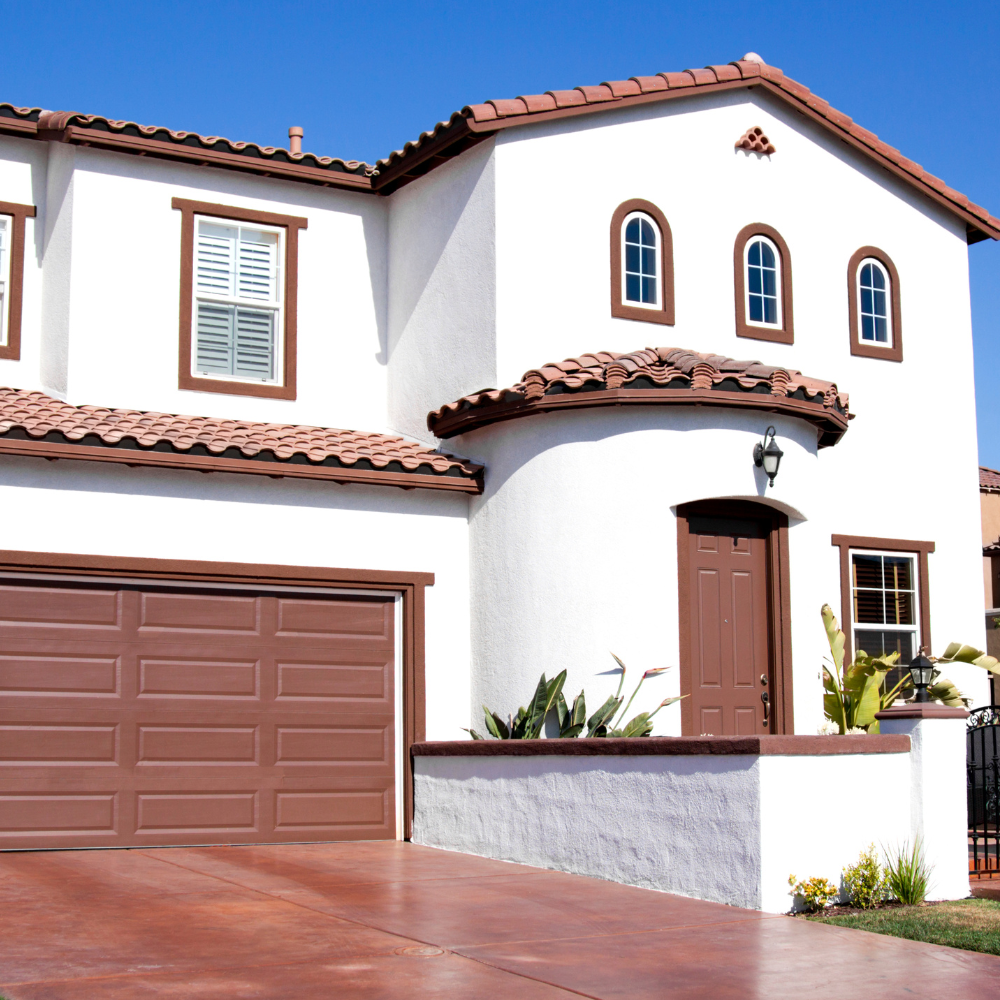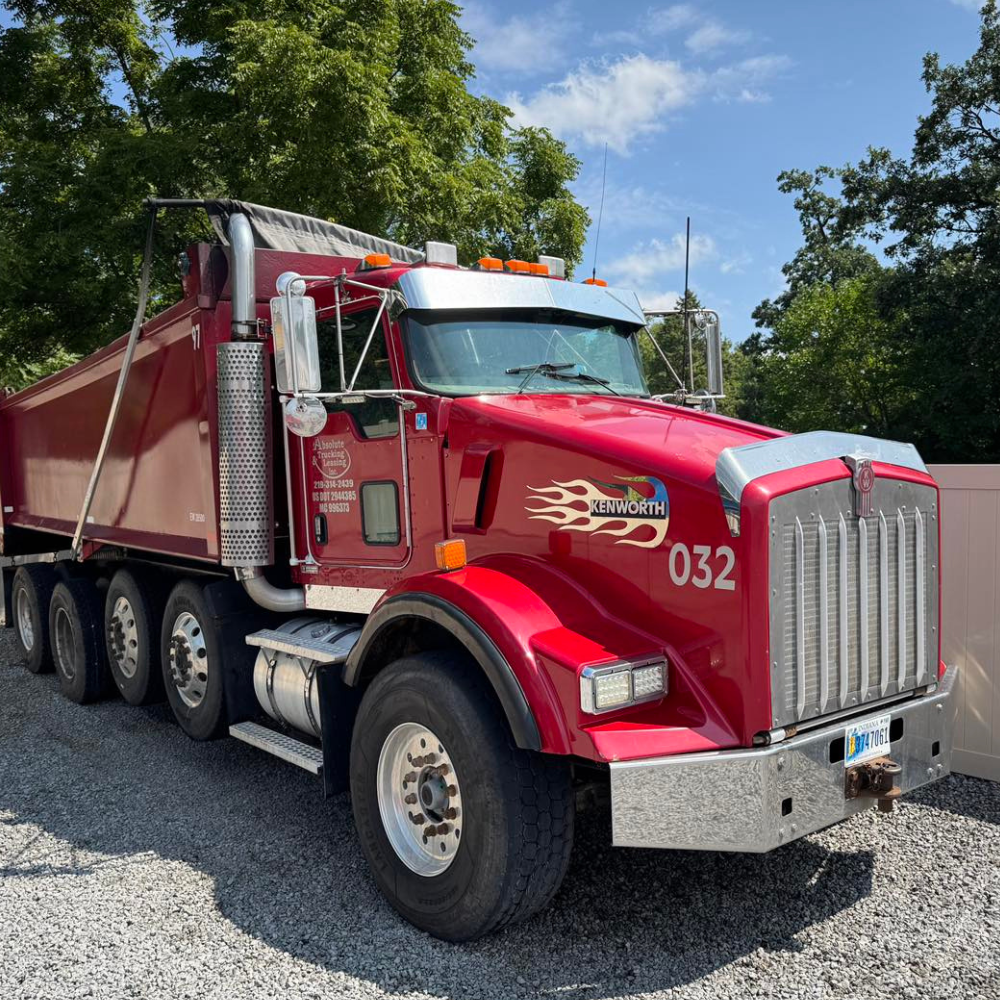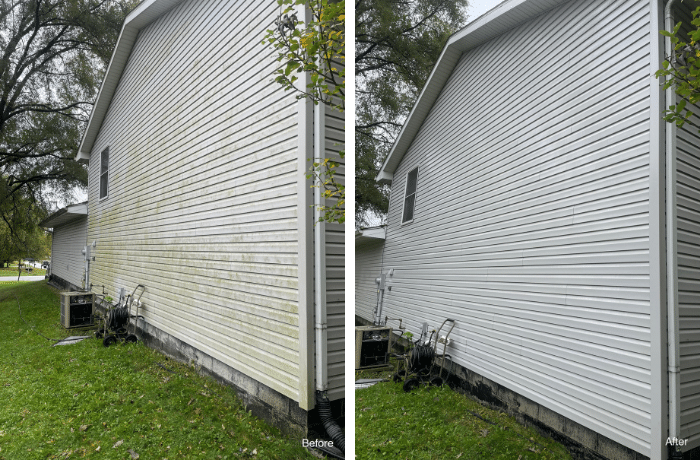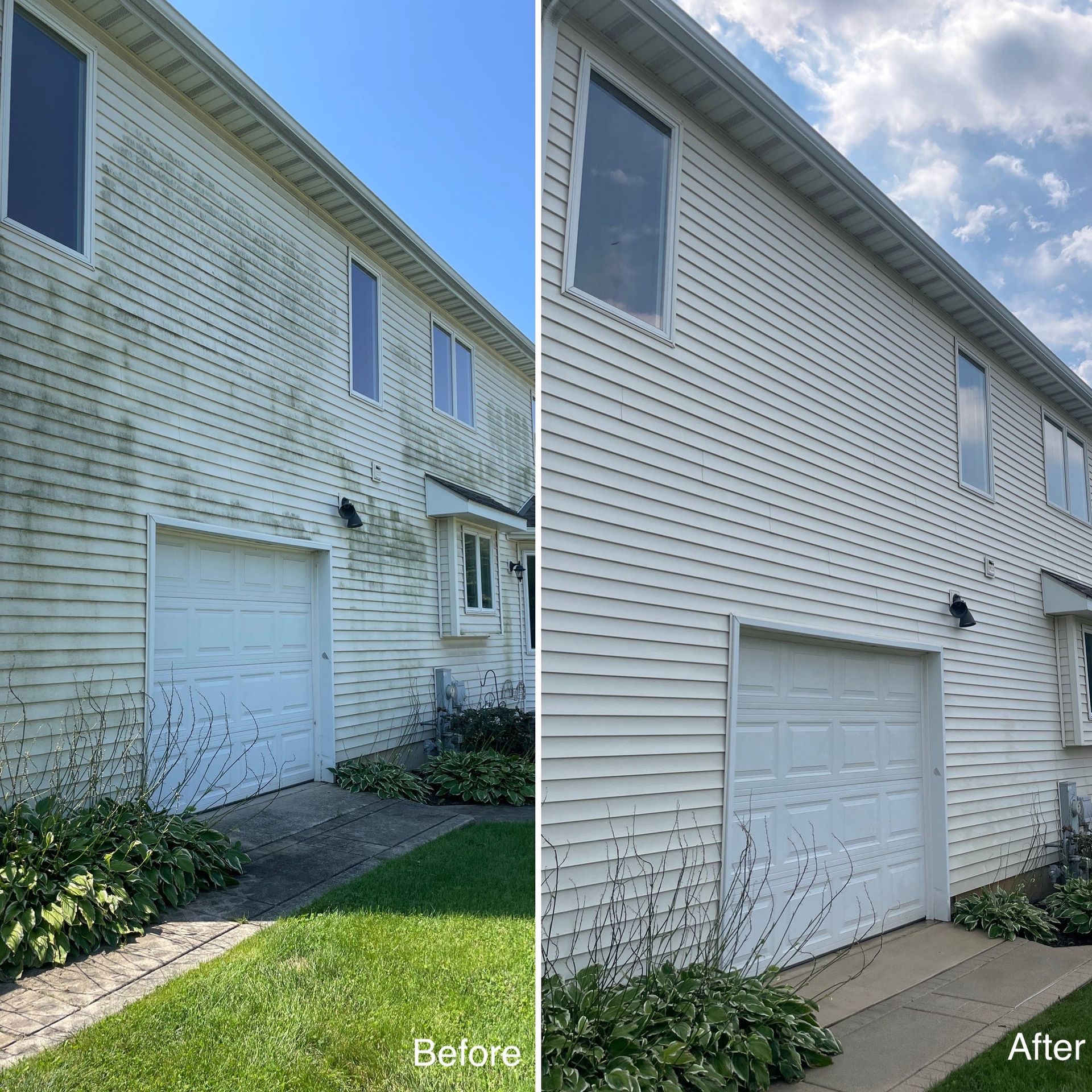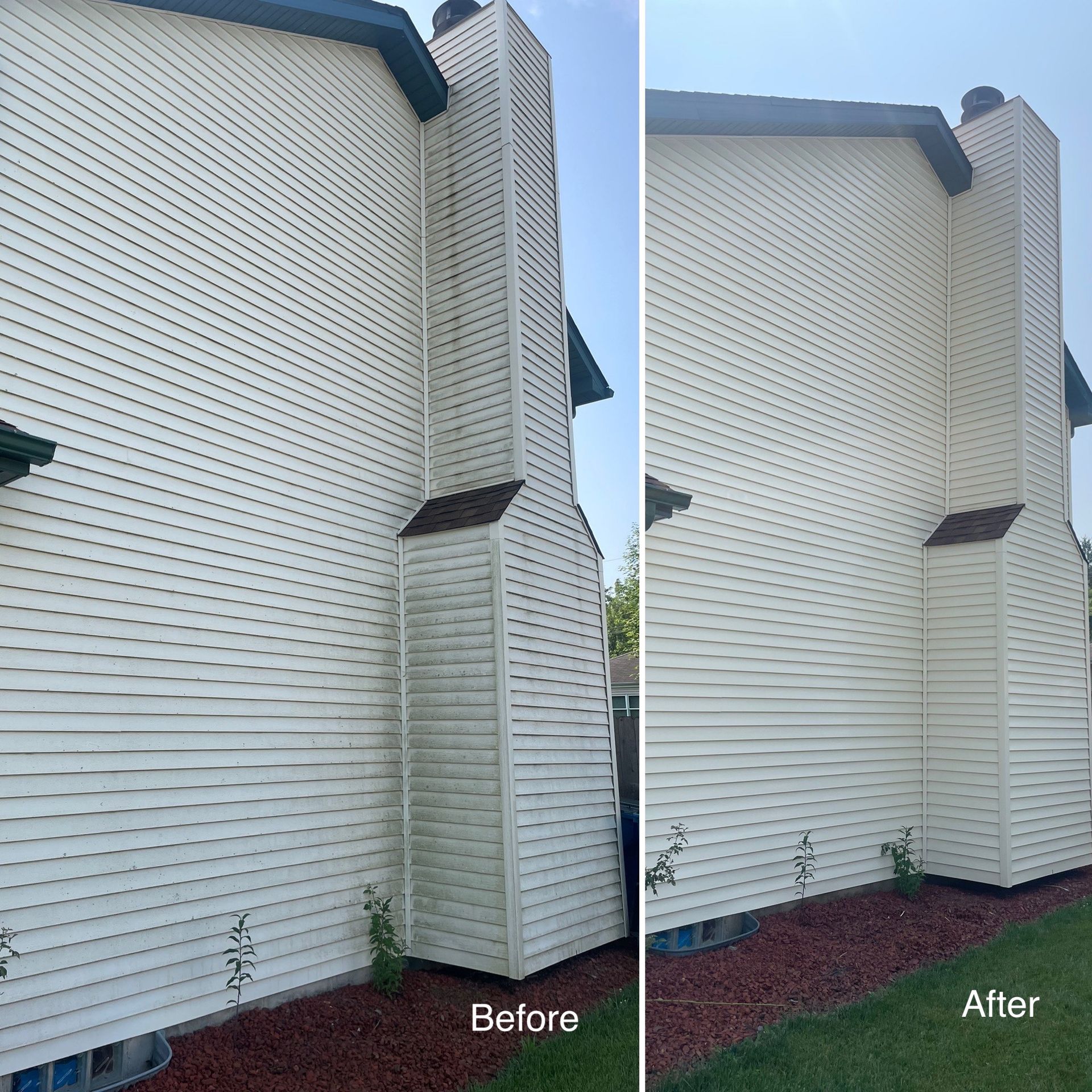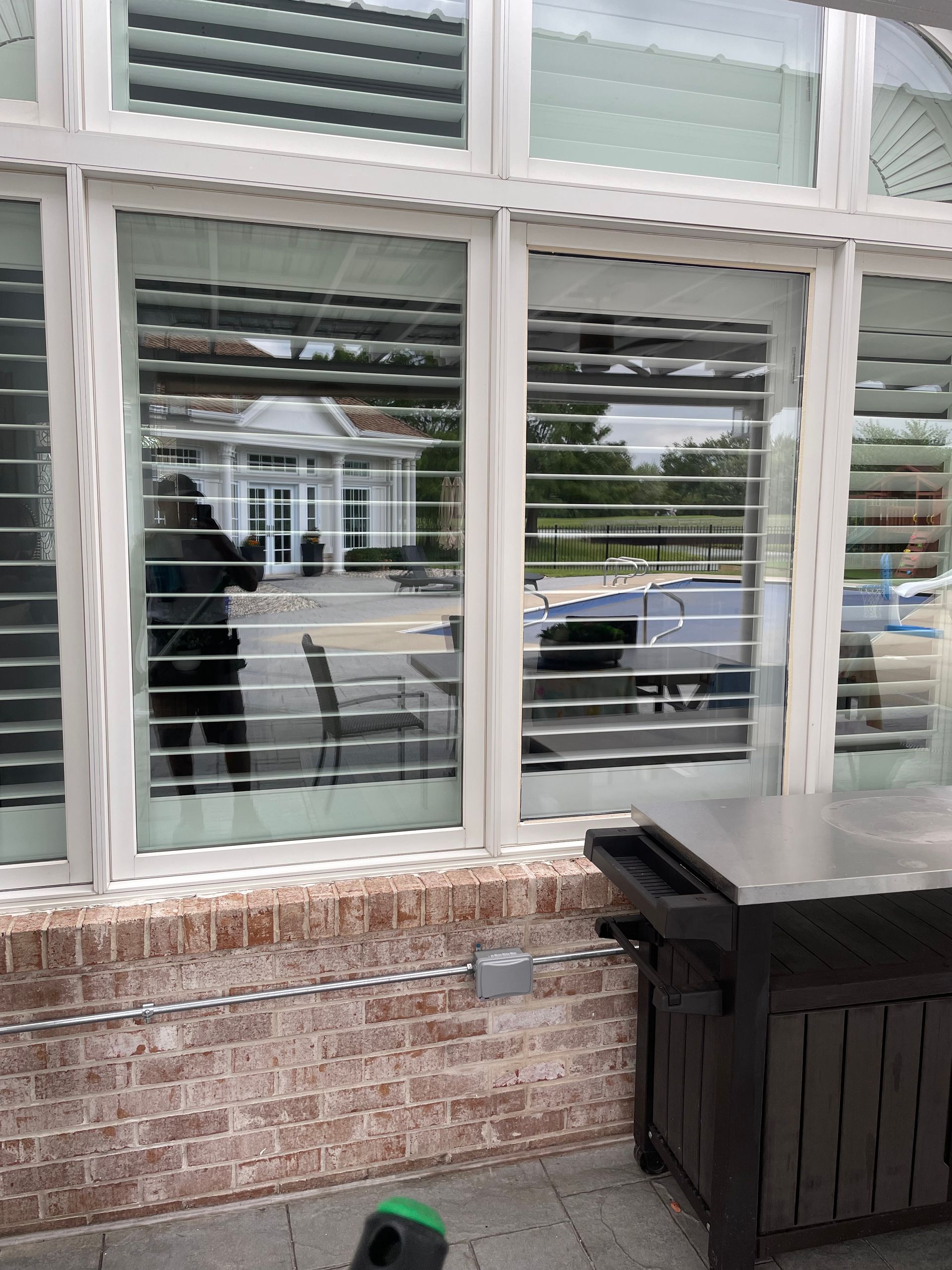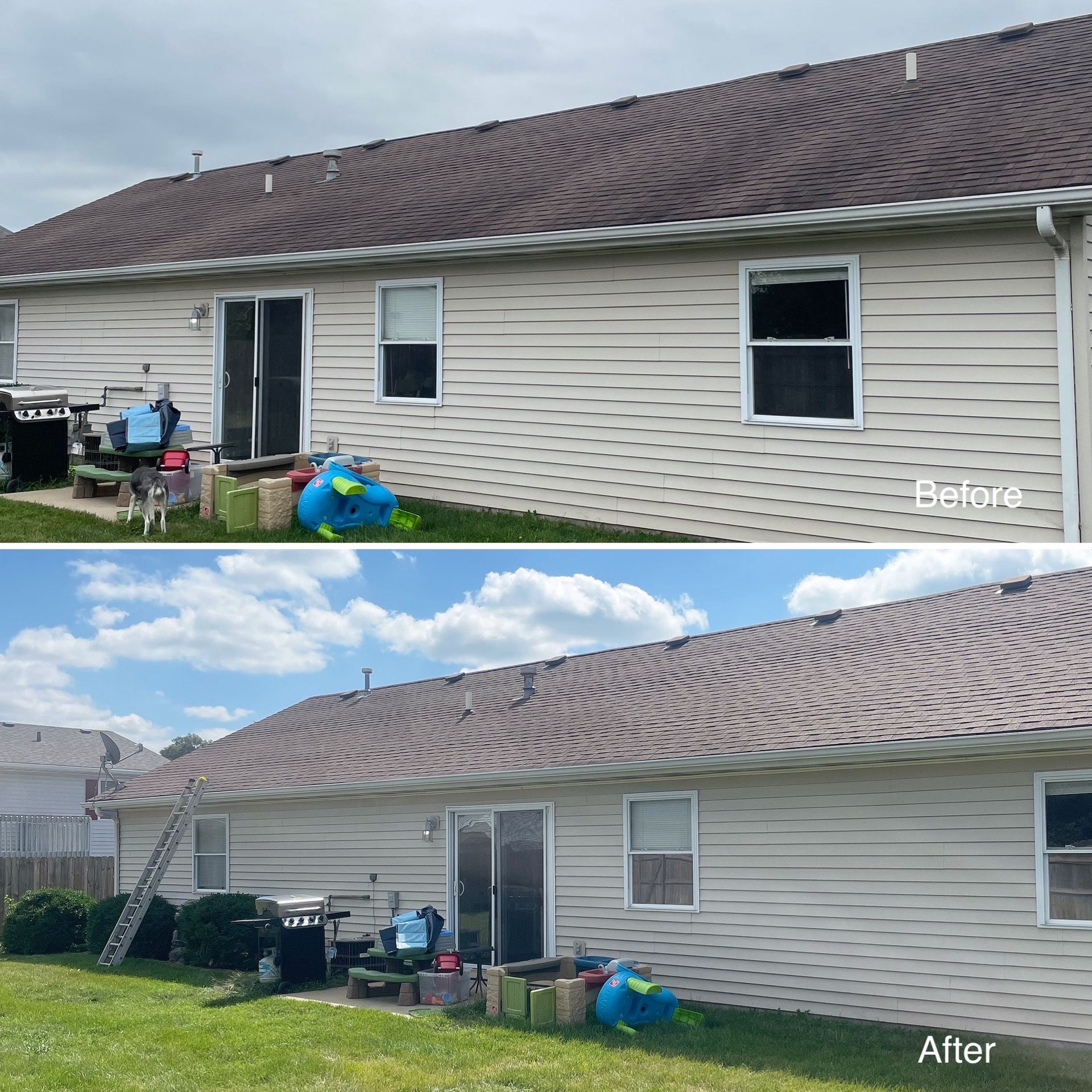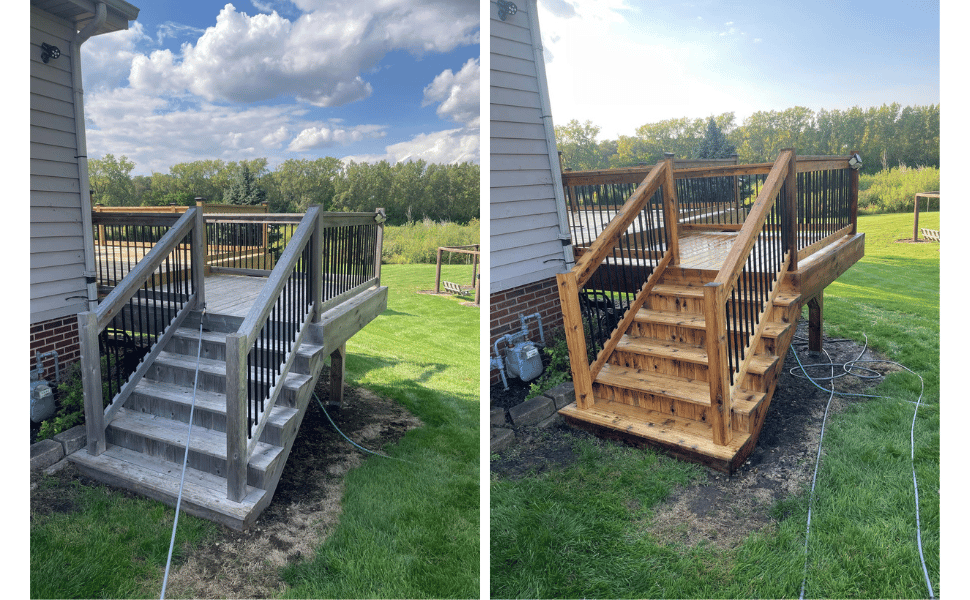Is Bleach Safe for Pressure Washing? A Beginner’s Guide to Sodium Hypochlorite
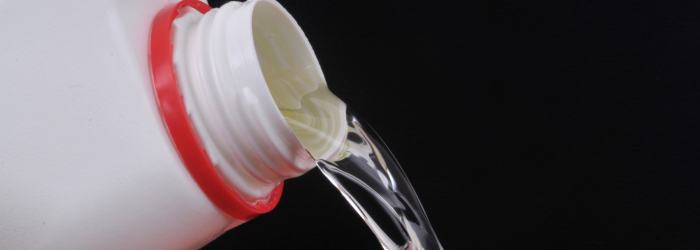
When it comes to pressure washing, one question frequently pops up: Is bleach safe for pressure washing? Sodium hypochlorite, the active ingredient in household bleach, is a powerful cleaning agent commonly used in pressure washing to remove mold, mildew, algae, and tough stains. But is it safe for your surfaces, equipment, and the environment? In this beginner’s guide, we’ll dive deep into the use of sodium hypochlorite in pressure washing, exploring its benefits, risks, and best practices to ensure safe and effective cleaning.
What Is Sodium Hypochlorite, and Why Is It Used in Pressure Washing?
Sodium hypochlorite is a chemical compound (NaOCl) found in household bleach and industrial cleaning solutions. In pressure washing, it’s valued for its ability to:
- Kill Mold and Mildew: Sodium hypochlorite eliminates organic growth on surfaces like siding, decks, and concrete.
- Remove Stains: It tackles tough stains, such as algae, rust, and grease, that water alone can’t handle.
- Enhance Cleaning Efficiency: When combined with a pressure washer, bleach reduces scrubbing time and effort.
However, using bleach in pressure washing isn’t as simple as grabbing a bottle of Clorox from your laundry room. The concentration, application method, and surface type all play a role in determining safety and effectiveness.
Is Bleach Safe for Pressure Washing? Key Considerations
The safety of bleach in pressure washing depends on several factors. Let’s break it down:
1. Surface Compatibility
Not all surfaces can handle sodium hypochlorite. While it’s generally safe for durable materials like concrete, brick, and vinyl siding, it can damage:
- Wood: High concentrations of bleach can weaken wood fibers or strip finishes on decks and fences.
- Painted Surfaces: Bleach may fade or peel certain paints, especially if not diluted properly.
- Delicate Fabrics: Outdoor furniture cushions or awnings can be discolored or degraded by bleach.
Pro Tip: Always test a small, inconspicuous area before applying bleach to a new surface. Dilute the solution to a safe concentration (typically 1–2% sodium hypochlorite) to minimize risks.
2. Equipment Safety
Pressure washers are built to handle water, but bleach can corrode certain components if not used correctly. To protect your equipment:
- Use a Chemical Injector: Most pressure washers have a downstream injector that safely mixes bleach with water, reducing direct exposure to pump components.
- Rinse Thoroughly: After using bleach, flush your pressure washer with clean water to prevent corrosion.
- Check Seals and Hoses: Ensure your equipment has chemical-resistant seals to avoid damage.
3. Environmental Impact
Sodium hypochlorite is a strong chemical that can harm plants, animals, and water systems if misused. To minimize environmental risks:
- Avoid Runoff: Direct runoff away from storm drains, waterways, and sensitive plants.
- Use Biodegradable Alternatives: Consider eco-friendly cleaners like oxygen bleach for less sensitive jobs.
- Neutralize Excess Bleach: Some professionals use a neutralizing agent, like sodium thiosulfate, to deactivate bleach runoff.
4. Personal Safety
Handling sodium hypochlorite requires caution to protect yourself and others:
- Wear Protective Gear: Use gloves, goggles, and a mask to avoid skin and respiratory irritation.
- Ventilate the Area: Work in well-ventilated spaces to avoid inhaling fumes.
- Dilute Properly: Household bleach (5–6% sodium hypochlorite) is typically diluted to 1–2% for pressure washing. Stronger solutions (e.g., 12.5% pool chlorine) require even more dilution.
By addressing these considerations, you can use bleach safely and effectively in pressure washing.
Benefits of Using Bleach in Pressure Washing
When used correctly, sodium hypochlorite offers several advantages:
- Powerful Cleaning: Bleach kills mold, mildew, and bacteria on contact, making it ideal for heavily soiled surfaces.
- Cost-Effective: Household bleach is affordable and widely available, making it a go-to for DIYers and professionals.
- Time-Saving: Bleach reduces the need for aggressive scrubbing, allowing the pressure washer to do the heavy lifting.
- Versatility: It’s effective on a wide range of surfaces, from concrete driveways to vinyl siding.
Example: A homeowner with a moldy vinyl fence can mix a 1:10 bleach-to-water solution, apply it with a low-pressure nozzle, let it sit for 10 minutes, and rinse it off for a like-new appearance.
Risks and Downsides of Using Bleach
While effective, bleach isn’t without its drawbacks. Here are some potential risks:
- Surface Damage: Overuse or improper dilution can harm delicate surfaces like wood or painted aluminum.
- Environmental Concerns: Runoff can contaminate soil or waterways, harming plants and aquatic life.
- Health Hazards: Inhaling fumes or getting bleach on your skin can cause irritation or burns.
- Equipment Wear: Repeated use without proper rinsing can corrode pressure washer components.
Expert Opinion: According to the Power Washers Association, improper bleach use is a leading cause of surface damage in DIY pressure washing. Always follow manufacturer guidelines and test solutions first.
How to Safely Use Bleach in Pressure Washing: Step-by-Step Guide
Ready to pressure wash with bleach? Follow these steps to ensure safety and effectiveness:
- Choose the Right Bleach:
- Use household bleach (5–6% sodium hypochlorite) or pool chlorine (10–12.5%) for stronger solutions.
- Avoid bleach with additives like fragrances or thickeners, as they can clog your pressure washer.
- Dilute the Solution:
- Mix 1 part bleach with 9–10 parts water for most surfaces (e.g., 1 gallon of bleach to 9 gallons of water).
- For tougher stains, a 1:4 ratio may be used, but test first to avoid damage.
- Prepare Your Equipment:
- Use a pressure washer with a chemical injector or a separate pump sprayer for applying the solution.
- Set the pressure washer to a low-pressure setting (e.g., 40-degree nozzle) to avoid forcing bleach into unwanted areas.
- Protect Surrounding Areas:
- Cover plants, furniture, and delicate surfaces with tarps or plastic sheeting.
- Wet plants with water before and after cleaning to dilute any accidental exposure.
- Apply the Bleach Solution:
- Spray the diluted bleach evenly onto the surface using a low-pressure nozzle.
- Let it sit for 5–10 minutes to break down stains and kill mold, but don’t let it dry.
- Rinse Thoroughly:
- Use a high-pressure setting (e.g., 15-degree nozzle) to rinse off the bleach completely.
- Direct runoff away from plants and waterways.
- Clean Your Equipment:
- Flush the pressure washer with clean water for at least 1–2 minutes to remove bleach residue.
- Store the machine properly to prevent corrosion.
Pro Tip: For eco-conscious cleaning, consider a biodegradable cleaner like Simple Green Oxy Solve, which offers similar stain-removal power without the environmental risks of bleach.
Alternatives to Bleach for Pressure Washing
If bleach’s risks outweigh its benefits for your project, consider these alternatives:
- Oxygen Bleach: A safer, eco-friendly option that uses sodium percarbonate to clean without harming plants or surfaces.
- Vinegar: Effective for light mold and mildew, though less powerful than bleach.
- Commercial Cleaners: Products like Krud Kutter or Wet & Forget are formulated for pressure washing and are gentler on the environment.
- Hot Water: For grease and oil stains, hot water pressure washers can clean effectively without chemicals.
Case Study: A 2023 study by the Environmental Protection Agency (EPA) found that oxygen-based cleaners reduced environmental impact by up to 40% compared to chlorine-based solutions in outdoor cleaning applications.
Common Mistakes to Avoid When Using Bleach
To ensure a successful pressure washing experience, steer clear of these pitfalls:
- Using Undiluted Bleach: Straight bleach can damage surfaces and equipment. Always dilute to a safe concentration.
- Skipping Protective Gear: Failing to wear gloves or goggles can lead to skin or eye irritation.
- Ignoring Runoff: Allowing bleach to flow into storm drains can violate local regulations and harm ecosystems.
- Not Testing First: Always test your solution on a small area to avoid costly damage.
Is Bleach Safe for Pressure Washing?
Sodium hypochlorite, when used correctly, is a safe and effective tool for pressure washing. It excels at removing mold, mildew, and stains from durable surfaces like concrete and vinyl siding. However, improper use can damage surfaces, harm the environment, and corrode equipment. By diluting bleach properly, protecting surrounding areas, and following safety guidelines, you can achieve professional-grade results without the risks.
For beginners, start with a low-concentration solution, test on a small area, and consider eco-friendly alternatives for sensitive projects. With the right approach, bleach can be a powerful ally in your pressure washing arsenal.
